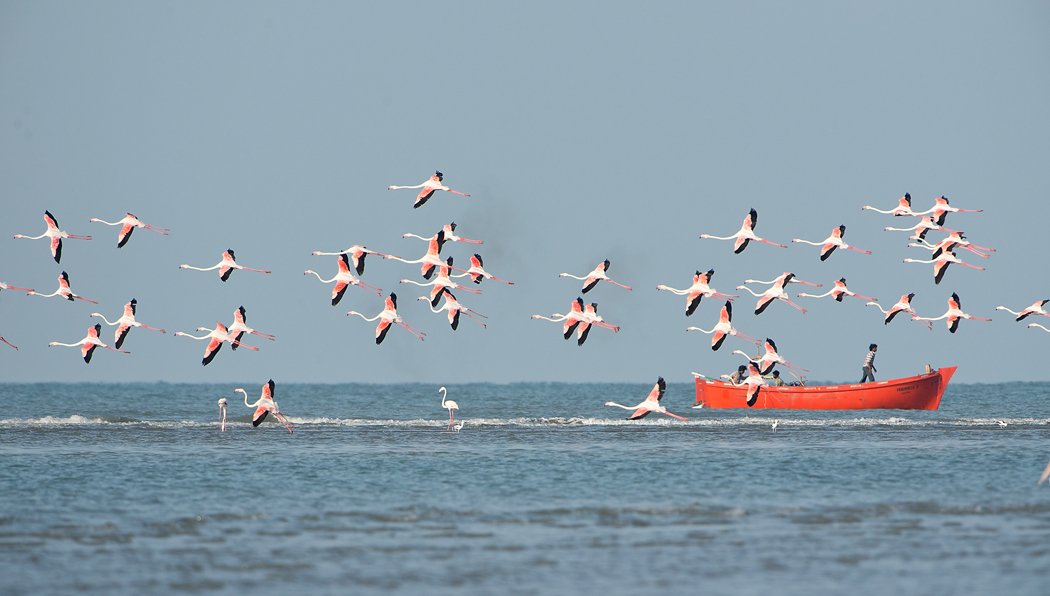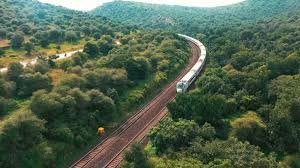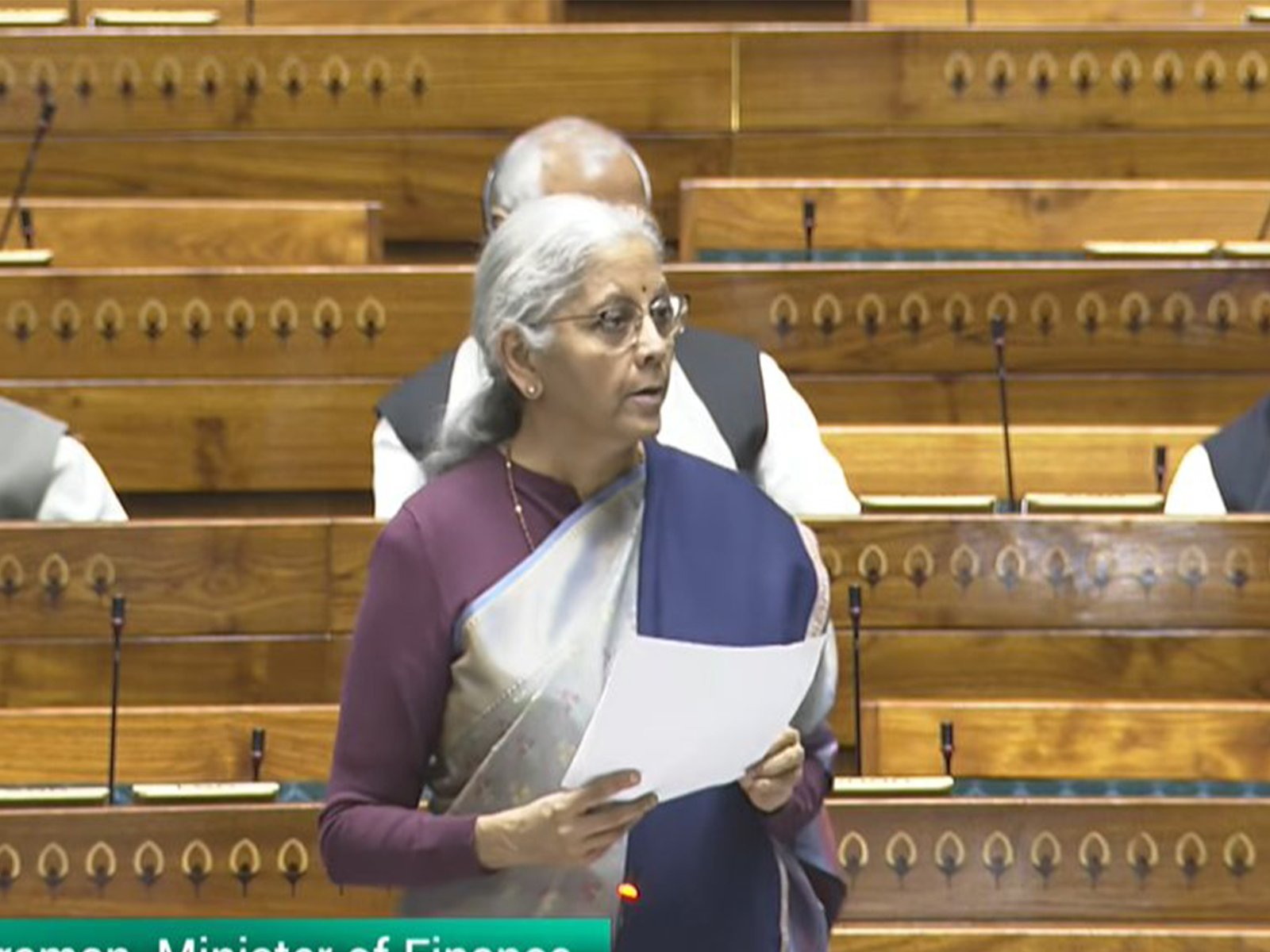Context
Defence Minister Rajnath Singh recently warned Pakistan against any “misadventure in the Sir Creek sector”, citing reports of increased Pakistani military activity and infrastructure expansion near the area. His remarks have refocused attention on this long-pending boundary dispute between India and Pakistan.
What is Sir Creek?
- Sir Creek, originally known as Ban Ganga, is a 96-km-long tidal estuary located between the Rann of Kutch (Gujarat, India) and Sindh province (Pakistan).
- The creek is a marshy, uninhabited, and flood-prone area with shifting tidal patterns, making navigation and policing extremely difficult.
- It serves as a natural boundary between India and Pakistan’s southwestern borders.
- The creek opens into the Arabian Sea and directly influences maritime boundaries and fishing zones of both nations.
Historical Roots
- The dispute dates back to a pre-Independence quarrel between the rulers of Kutch and Sindh over ownership of firewood along the creek.
- After the 1965 war, Pakistan claimed half of the Rann of Kutch.
- The 1968 Indo-Pak Tribunal awarded 90% of the Rann to India but excluded Sir Creek from its verdict, leaving it unresolved.
Claims of Both Countries
- India’s claim: Boundary should run along the mid-channel (Thalweg principle) of the navigable creek.
- Pakistan’s claim: Entire creek lies within its territory; argues that the creek is non-navigable, hence Thalweg principle does not apply.
Attempts at Resolution
- Bilateral Talks:
- 1989-1992: Five rounds of discussions, including technical expert meetings, without breakthrough.
- 1998: Formation of a Sir Creek Working Group under the Composite Dialogue framework.
- 2012: Last formal talks held; discussed land boundary and maritime delimitation.
- 2015: A Comprehensive Bilateral Dialogue was agreed upon, including Sir Creek, but stalled after the Pathankot terror attack (2016) and Pakistan’s continued cross-border terrorism.
- India’s position: Dispute must be settled bilaterally under the Simla Agreement (1972); international arbitration is unacceptable.
Strategic and Economic Importance
- Strategic Significance
- Sir Creek lies close to Karachi, Pakistan’s largest city and economic hub, hence critical to Pakistan’s coastal defence.
- Following Operation Sindoor, Pakistan reportedly built bunkers, radars, and drone-launching bases near the creek.
- India maintains a multi-layered security presence, BSF, Indian Army, Coast Guard, and Air Force, given its proximity to Mundra and Kandla ports.
- The creek could be used as a launch point for terrorist infiltration, as seen during the 26/11 Mumbai attacks, when terrorists entered by sea.
- Economic Significance
- Believed to hold untapped oil and gas reserves, vital for India’s energy diversification and Pakistan’s resource needs.
- The creek supports rich fishing grounds, crucial for communities in Gujarat and Sindh.
- Absence of a defined maritime boundary leads to frequent arrests of fishermen, causing humanitarian and diplomatic strains.
- The delimitation of Sir Creek affects both countries’ Exclusive Economic Zones (EEZs), influencing access to resources in the Arabian Sea.
Current Security Concerns
- Pakistan’s increased military build-up and drone deployments near Sir Creek suggest potential for escalation.
- Chinese involvement: Beijing-backed mining and power projects in Pakistan’s Rann of Kutch region raise fears of dual-use (civil-military) facilities.
- Difficult terrain: Marshy topography makes large-scale ground operations nearly impossible, but drone and naval threats remain.
Challenges and Way Forward
| Challenges | Way Forward / Solutions |
| Unresolved boundary: Dispute over Thalweg principle delays demarcation and affects EEZ claims. | Revive bilateral dialogue: Resume Comprehensive Bilateral Talks focused on land boundary and EEZ delimitation under the Simla Agreement framework. |
| Militarisation & drone activity: Pakistan’s installations and patrols increase tensions. | Technology-based surveillance: Strengthen India’s coastal radar chain, integrate drones and satellites for real-time monitoring and deterrence. |
| China-Pakistan proximity: Chinese projects near the area pose strategic risks. | Strategic vigilance: Enhance security infrastructure and intelligence coordination in Gujarat; maintain diplomatic engagement with global partners to deter encirclement. |
| Stalled diplomacy: No sustained engagement since 2016. | Backchannel diplomacy & CBMs: Initiate informal contacts, joint working groups, and mechanisms for regular flag meetings between security forces. |
| Fishermen arrests: Undefined boundary leads to repeated detentions and livelihood losses. | Fishermen cooperation mechanism: Joint identification of fishing zones, early-warning systems, and time-bound release protocols. |
| Environmental fragility: Militarisation and oil exploration threaten the delicate marshland ecosystem. | Environmental safeguards: Promote joint ecological studies and disaster risk management cooperation for the Rann-Sir Creek ecosystem. |
| Domestic political rhetoric: Nationalist statements can escalate tensions and hinder diplomatic space. | Decouple security strategy from politics: Maintain restraint in public statements; prioritise quiet diplomacy and strategic communication. |
Conclusion
Sir Creek, though an uninhabited marshland, carries outsized strategic, economic, and diplomatic significance for India and Pakistan. New Delhi must balance firm security preparedness with prudent diplomacy, learning from past deadlocks. A resolution rooted in dialogue, mutual trust, and respect for international maritime norms can turn this zone of contention into one of cooperation, vital for long-term regional peace and stability.
| Ensure IAS Mains Question Q. The Sir Creek dispute continues to be a major irritant in India–Pakistan relations despite being solvable through technical means. Discuss the major challenges and suggest a pragmatic way forward. (250 words) |
| Ensure IAS Prelims Question Q. Sir Creek, often seen in news, is located between which of the following regions? a) Rann of Kutch and Sindh b) Punjab and Balochistan c) Gujarat and Rajasthan d) Thar Desert and Indus Delta Answer: a) Rann of Kutch and Sindh Explanation: Sir Creek lies in the marshy Rann of Kutch area, forming the boundary between India’s Gujarat and Pakistan’s Sindh province. Its location makes it strategically important for determining maritime boundaries and Exclusive Economic Zones (EEZs) in the Arabian Sea. |
Also Read | |
| UPSC Foundation Course | UPSC Daily Current Affairs |
| UPSC Monthly Magazine | CSAT Foundation Course |
| Free MCQs for UPSC Prelims | UPSC Test Series |
| ENSURE IAS NOTES | Our Booklist |





